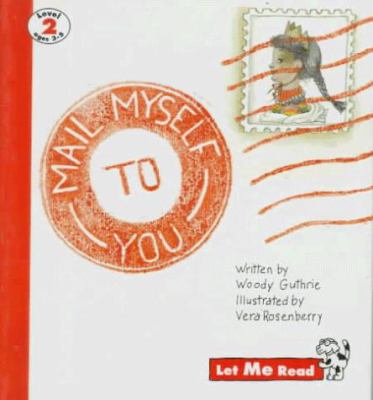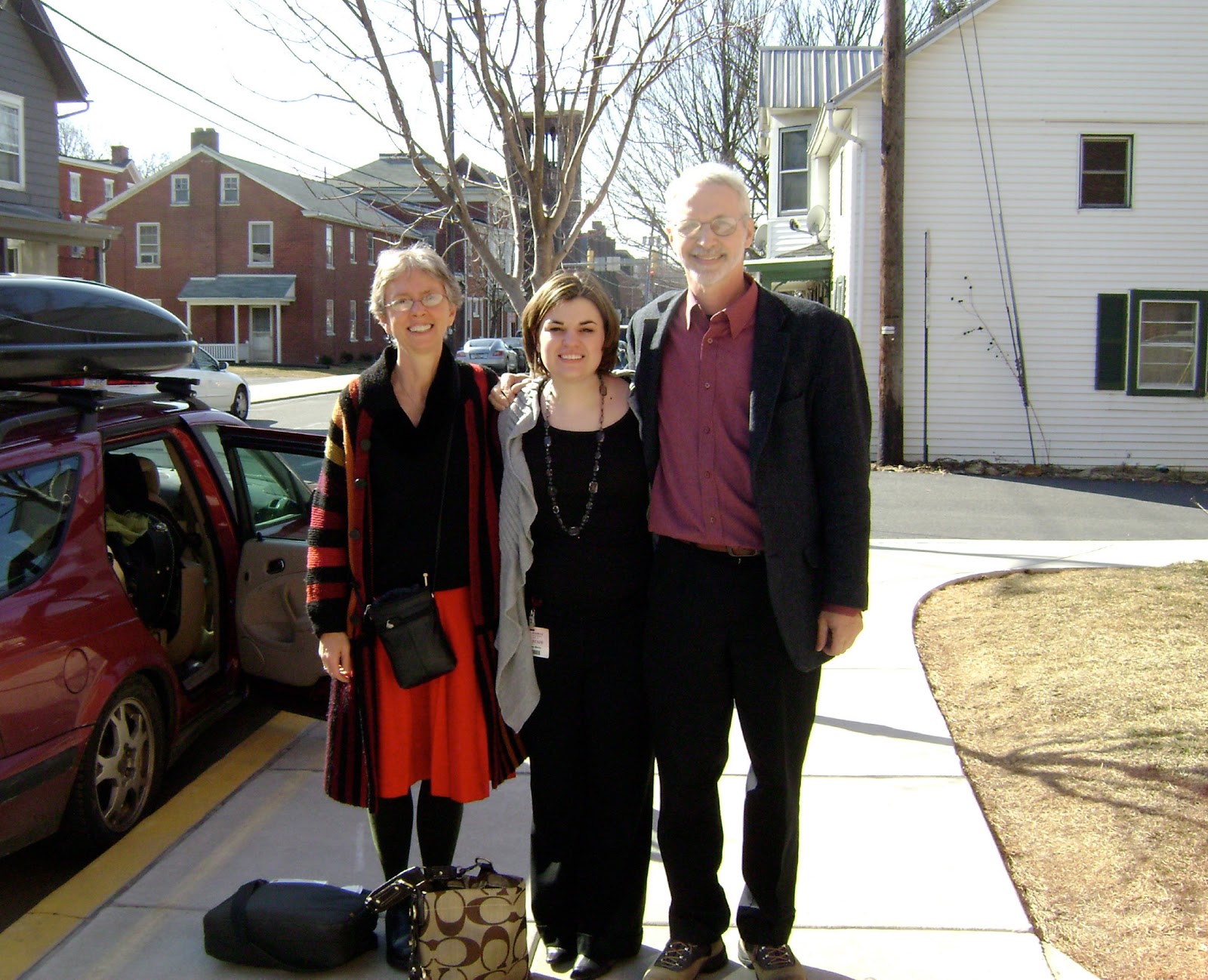I am always looking for ways to have my students practice audiating music. My colleagues in general ed used the "I have...Who has..." game frequently as a tool for practicing vocabulary or math facts. After being introduced to the game at an in-services and graduate reading classes, I realized that this game could translate to rhythm practice as well. I have created several I Have/Who Has rhythm card sets and they have been a hit with the kids. They get excited to play a game they have played in other settings, but with a musical twist. They like having to focus their listening for their own specific pattern. They are having fun, and I like to see them practicing rhythm identification and performance skills, without them realizing that they are doing it!
They have also been a great tool for assessment. After playing the card game in a class or two, I can quickly use a four point rubric to assess students' rhythm reading ability in a performance setting, without having a separate assessment activity.
4-It is on the beat and the correct syllables are used.
3-It is mostly on the beat with a almost all of the syllables performed correcly.
2-The beat is not steady and most of the syllables are preformed incorrecly.
1-The student does not perform any syllables correctly.
A set of cards with quarter notes, eighth notes, and half notes (as well as quarter and half rests) are available in my Teachers Pay Teachers Store, as well as a set of cards with ti-tika and tika-ti rhythm patterns for older, more advanced students. I'm hoping to create a quarter note and eighth note set soon as well, because I'm thinking my first graders are ready for this new challenge. They will eat it up!
http://www.teacherspayteachers.com/Store/Amy-Martin-13
































